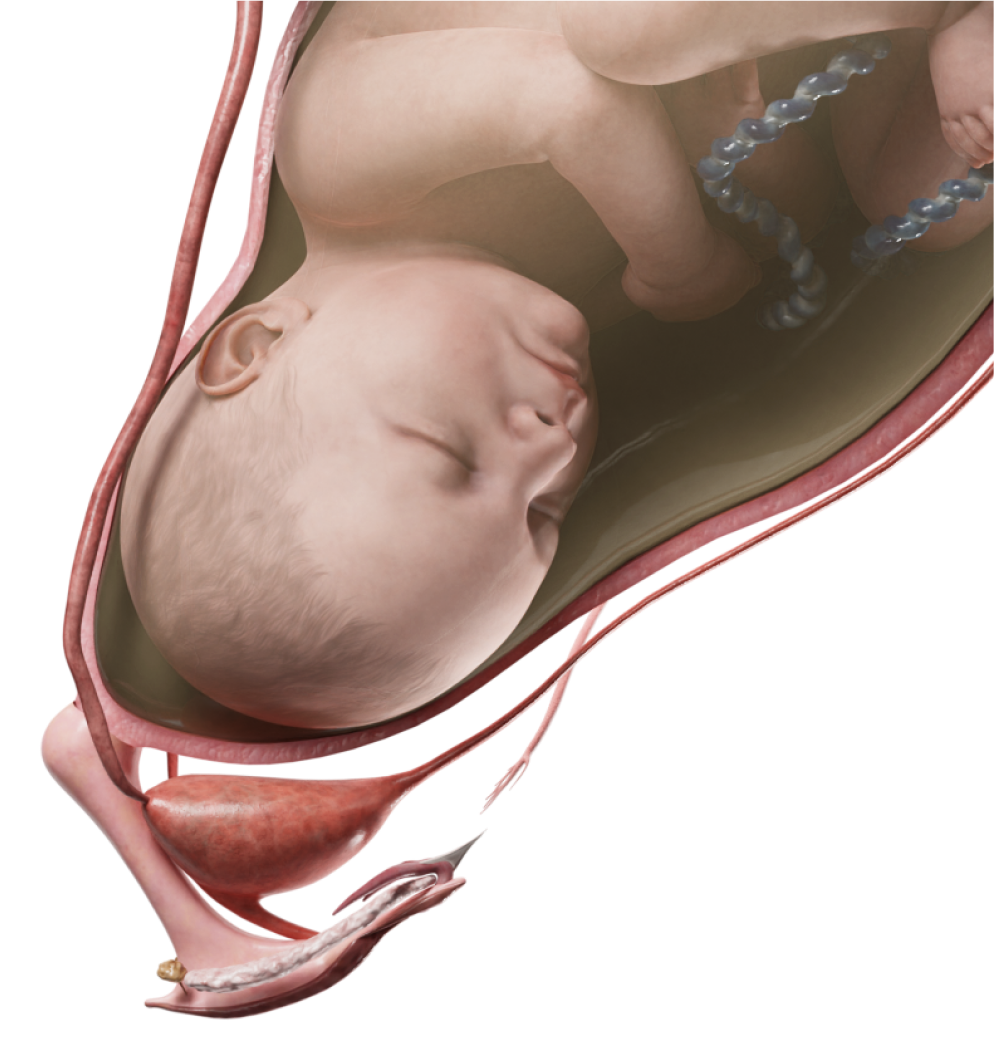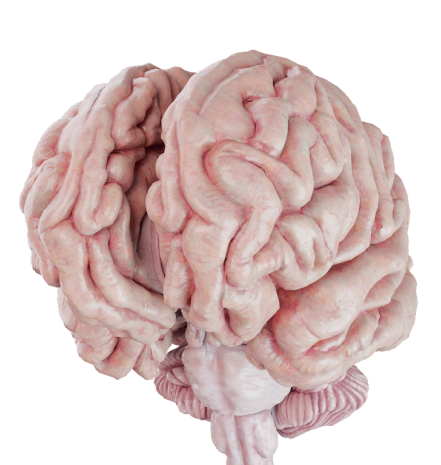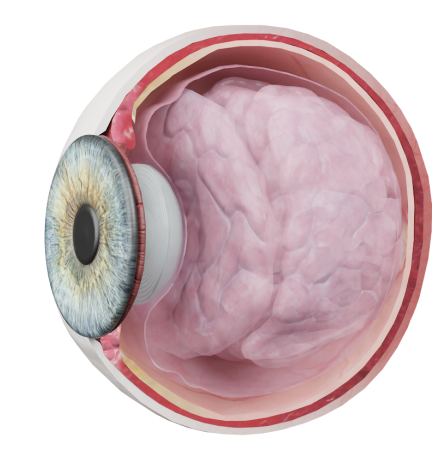Foreign bodies in nose and paranasal sinuses
Foreign bodies in the nose and the paranasal sinuses refer to any pathological substances originating from external sources and ends up in the nasal cavity and the paranasal sinuses. If left untreated for an extended period, they may lead to chronic infections.
Classification
Foreign bodies in nose:
- living foreign bodies;
- nonliving foreign bodies;
- rhinoliths (nose calculi).
Foreign bodies in paranasal sinuses:
- dental fillings;
- helminths;
- teeth;
- mycetoma.
Etiology
Living foreign bodies in the nasal cavity are more common in the tropics. This is a rare phenomenon for the central part of Russia, yet some instances have been described. Larvae, leeches, helminths, and arthropods are among the most frequent species to be found during an examination. There is a variety of ways such foreign bodies can enter the nasal cavity: flies and botflies may lay their larvae, arthropods may crawl inside during sleep in open air, and leeches are found primarily after swimming in standing water.
Nonliving foreign bodies are typically observed in adults with intellectual disability and children who insert various objects into their nose as a form of play or when exploring their surroundings. Occasionally, a facial trauma or negligence during surgery (such as forgotten pieces of dressing material) can be the cause. Food leftovers may also be pushed into the nasal cavity during vomiting.
Nonliving foreign bodies can be categorized as:
1) organic (seeds, pits, small pieces of food);
2) nonorganic (beads, pieces of stationery and toys, playdough, buttons, teeth, stones); and
3) metal (coins, batteries, screws, nails, hairpins).
Rhinoliths, or nose calculi, are layered structures formed by salts of various micronutrients that encrust a foreign body. In some instances, these salts accumulate in poorly ventilated areas of the nasal cavity, such as the nasal cavity bottom or the inferior nasal meatus, leading to excessive mucus accumulation.
Foreign bodies in the paranasal sinuses tend to originate from the nasal or oral cavity if these structures are interconnected (via a pathological oroantral communication). In such cases, the maxillary sinuses are the most commonly affected. Dental fillings or a mycetoma (a fungal ball) in the sinuses can indicate previous dental treatments during which the integrity of the maxilla has been compromised, leading to a rupture in the wall of the maxillary sinus. The presence of teeth in the maxillary sinuses is an extremely rare occurrence. This could be a sign of abnormal embryonic development, where a tooth might develop inside the nasal sinus instead of the maxilla. Alternatively, it could be due to the displacement of a tooth or its parts caused by trauma or surgery.
Helminths (parasitic worms) may migrate to the nasal cavity and the paranasal sinuses during their lifecycle within the human body. The most prevalent species that lay their larvae in the nasal cavity and sinuses is the spotted flesh fly (Wohlfahrtia magnifica). These living foreign bodies can cause a condition known as nasal myiasis. The nematode (Thelazia californiensis) and the fish tapeworm (Diphyllobothrium latum) are less common than the flies.
Anatomic Pathology
Foreign bodies in the nasal cavity may trigger a local inflammatory response. This manifests as infiltrated and hyperemic mucosa, accompanied by excessive seromucous discharge. If a foreign body is not removed promptly after it enters the body (typically within 2–3 days), the mucosa may develop pressure ulcers, leading to a chronic condition. The pathological process can spread further to the surrounding tissues and may generate chronic rhinitis, rhinosinusitis, or even nasal septum perforation. Small lithium coin batteries pose a significant threat. Even a few hours inside the nasal cavity can lead to severe electrochemical burns, causing ulcers and perforations.
During their lifecycle within the nasal cavity, living foreign bodies are able to penetrate the soft tissues that leads to an inflammation.
Some patients that have had nonliving foreign bodies for an extended period may develop rhinoliths. This occurs when mineral salts precipitate around a foreign body, serving as a core. However, some nasal calculi may not require a core and can develop independently. The exact causes and triggers of the condition remain unclear. It is believed that it typically needs a combination of factors to develop. These may include a pathological narrowing of the nasal cavity, which reduces ventilation (such as a deviated nasal septum, nasal polyps, or hypertrophied nasal conchae). These variations can lead to the accumulation of excessive mucus, creating an ideal environment for chronic infection. Under such conditions, mineral salts tend to precipitate and give rise to incrustation. Rhinoliths may vary in size, from small, barely visible pieces to large stones that can obstruct several nasal passages. Sometimes, they can mimic the shape of the nasal cavity. The worst-case scenario occurs when the bony structures of the nose are destroyed by a rhinolith.
Foreign bodies in the paranasal sinuses generate local inflammatory response. This is accompanied by an edematous and hyperemic mucous membrane, profuse mucous or mucopurulent discharge, and disrupted mucociliary clearance in the affected sinus. Foreign objects originating from the oral cavity, such as teeth, their fragments, or dental fillings, can penetrate the sinus and disrupt the integrity of the inferior bone wall. This can lead to oroantral communication. Occasionally, a fistula may develop, which can produce purulent discharge. Typically, these objects tend to settle at the base of the sinus. There have been reports of small objects being expelled from the sinus through natural openings, aided by the movement of cilia and the discharge of mucosa. Mycetoma of the paranasal sinuses can form when dental fillings, fragments of dressing materials, or dental appliances have not been removed as needed. The process may take up to 5–7 years to develop. Over time, the pathological matter becomes overgrown with fungal colonies of Aspergillus (A. fumigatus, A. flavus, A. niger). These form a dark, heterogeneous aggregation that resembles playdough, with dense calcifications in the middle. Gradually, the fungal body expands and obstructs the lumen of the sinus. This disrupts the mucociliary clearance, leading to mucus accumulation. Later in the process, the condition is accompanied by a secondary bacterial infection that manifests as bacterial purulent sinusitis.
Helminths and other organisms that cause nasal myiasis naturally spend around 3–5 days of their lifecycle in the paranasal sinuses, causing inflammation and deep tissue lesions. During this period, they can destroy the sinus walls adjacent to the nasal cavity or form oroantral communications. These pathological changes may lead to severe bleeding.
Clinical Manifestations
All foreign bodies in the nose provoke difficulty in nasal breathing, sneezing, and profuse unilateral mucous discharge. On occasion, a patient may experience pain and discomfort in their nose. Nosebleeds (epistaxis) is typically associated with living foreign bodies and lithium batteries. Rhinoliths may be asymptomatic and remain undetected in the nasal cavity for a long time. A routine ENT exam or surgery can help reveal the abnormal structure. Nasal calculi may be suspected if a patient complains of long-term pain, unilateral nasal discharge, breathing difficulties, or a history of a foreign body on the affected side. Another sign that should alert an ENT specialist is frequent recurrent unilateral rhinosinusitis.
Foreign bodies in the paranasal sinuses may also cause no symptoms for extended periods of time. Eventually, they may manifest as chronic sinusitis. In such cases, patients present with headaches, pressure sensations in the affected sinus, nasal congestion, and mucopurulent discharge. If the maxillary sinus is involved, the pain may radiate to the maxilla, whereas foreign bodies in the sphenoidal sinus may cause pain in the occipital region. An oroantral communication may cause purulent discharge and unpleasant odor from the oral cavity. In immunodeficient patients and those with chronic endocrine pathologies, such as diabetes mellitus, the initial manifestations of foreign bodies may lead to periorbital or intracerebral complications, indicating an extremely unfavorable outcome. Occasionally, a foreign body in the paranasal sinuses may be detected by accident during a CT/MRI of the facial region of the cranium or during endoscopic surgery to improve nasal breathing. Long-term undiagnosed, and consequently untreated, mycetoma may increase the body’s susceptibility to molds, potentially provoking asthma or aspergillus rhinosinusitis.
For the first few days, helminths in the nose and paranasal sinuses may cause discomfort, tickling in the nose, sneezing, nasal congestion, and discharge. As tissues start to deteriorate, a patient experiences acute pain in the affected area and suffers from headaches. Excessive discharge becomes purulent or hemorrhagic, accompanied by a foul-smelling odor. The condition gradually progresses to moderate fever, chills, and fatigue. One of the concerning symptoms is profuse nasal bleeding.
Diagnosis
Foreign bodies in the nasal cavity are diagnosed based on a patient’s history and rhinoscopy data. If diagnosis is challenging, there are several options to consider:
1) a fiberoptic endoscopic examination of the nasal cavity;
2) an X-ray of the paranasal sinuses or nasopharynx in a lateral projection (if the foreign body is radiopaque); and
3) a CT scan of the facial bones.
Foreign bodies in the paranasal sinuses are generally diagnosed using imaging techniques, either CT or MRI. Subsequently, the nasal cavity and the paranasal sinuses are examined endoscopically, which serves both diagnostic and therapeutic purposes in this case.
Treatment
A foreign body in the nose should be removed, typically using hooks, forceps, clamps, or nasal suction catheters. The procedure should be performed after anemization and local anesthesia of the nasal cavity, if necessary. In some cases, intravenous sedation or general anesthesia may be required to calm overly anxious patients, especially children. If foreign bodies are found deep within the nasal cavity, an endoscopy may be needed. Rhinoliths are often detected and removed during surgery to improve nasal breathing (such as septoplasty or turbinate reduction surgery). They are then fragmented and expelled from the body.
Foreign bodies in the paranasal sinuses are typically removed during surgery under general anesthesia utilizing endoscopic equipment. The paranasal sinuses are irrigated, aeration and nasal breathing functions are restored. An oroantral communication or fistula is repaired by maxillofacial surgeons.
To manage parasites in the nasal cavity and paranasal sinuses, these foreign bodies should be mechanically removed, and antibacterial oral therapy is indicated.
After removal, the nose should be rinsed with saline solutions and treated with local decongestants to control edema. The use of local antiseptic or antibacterial drugs may also be advised.










